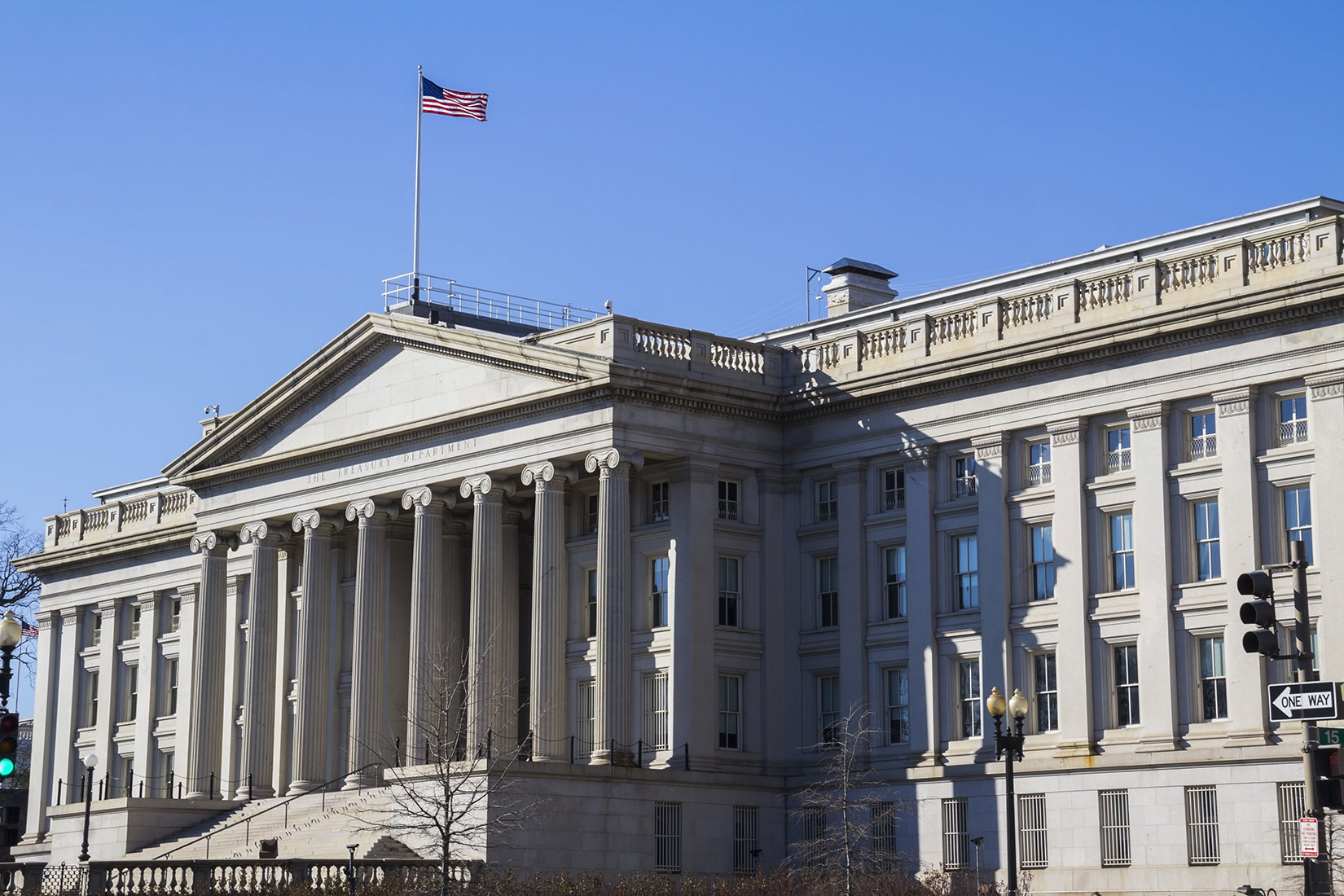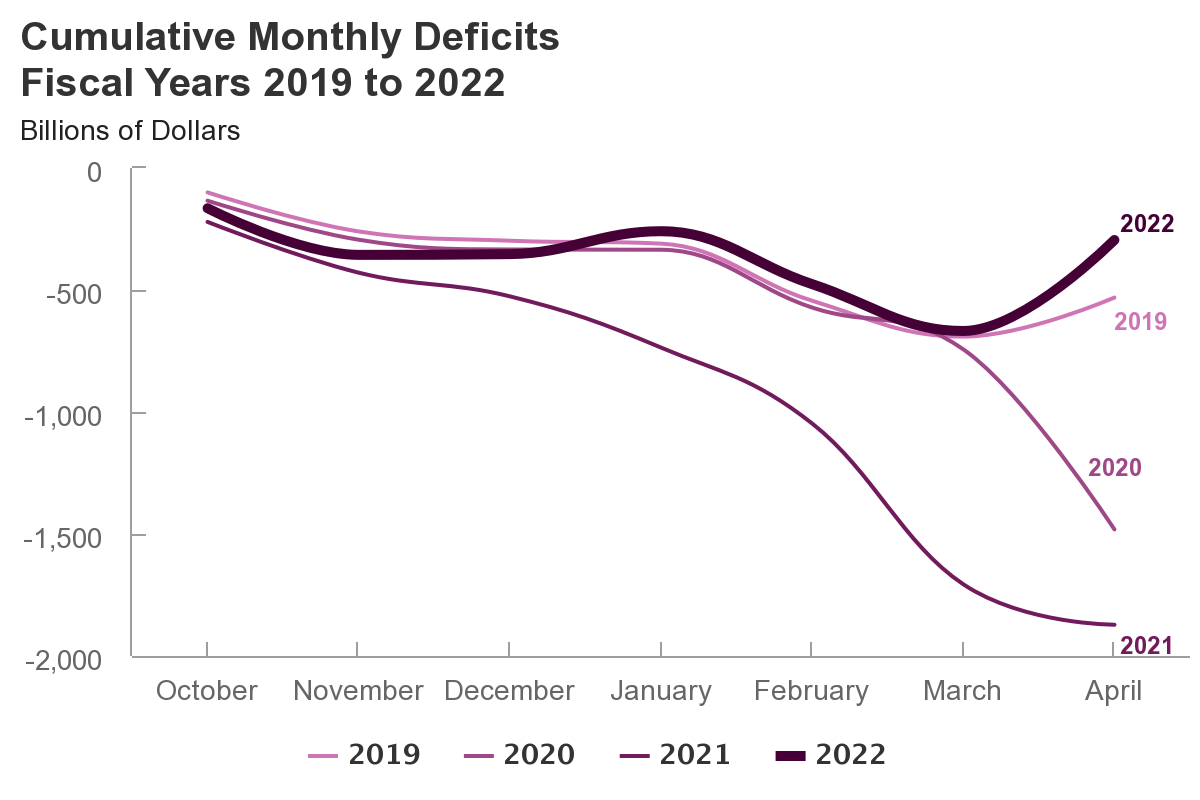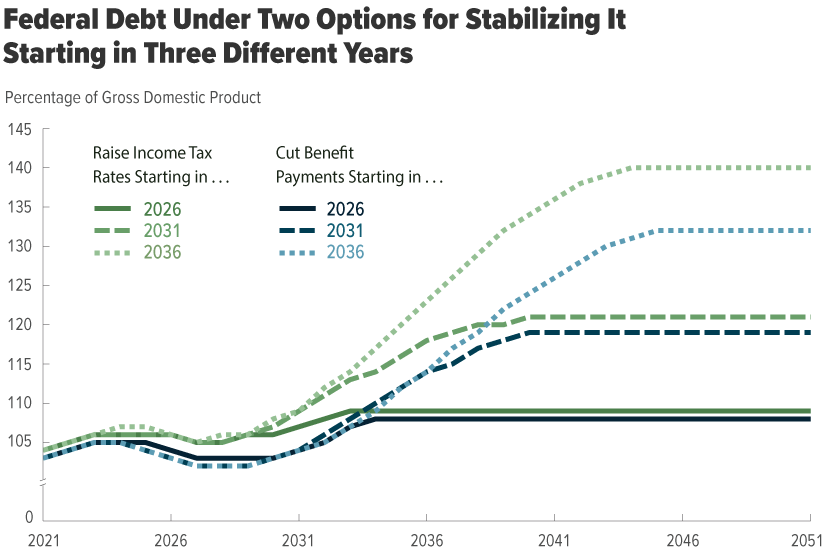The enhanced tool lets users change the defense budget to see the possible effects on military forces, or add or subtract major units to see the effects on the budget, or explore a mix of those approaches. It includes a how-to-use tutorial.
CBO Blog
CBO and the staff of the Joint Committee on Taxation estimate that lowering the age of Medicare eligibility to 60 would increase federal budget deficits, change primary sources of health insurance, and increase the number of people insured.
Lawmakers created the Troubled Asset Relief Program (TARP) in 2008 to stabilize financial markets. The TARP’s net cost will be $31 billion, CBO estimates—about what it reported in July 2021 and slightly less than OMB’s latest estimate.
CBO will publish The Budget and Economic Outlook: 2022 to 2032 at 2:00 p.m. EDT on Wednesday, May 25. A press briefing for credentialed members of the press will be held from 3:00 to 4:00 p.m. that day.
The federal budget deficit was $360 billion in the first seven months of fiscal year 2022, CBO estimates. That amount is about one-fifth of the $1.9 trillion shortfall recorded during the same period in 2021.
CBO analyzes the economic effects of waiting to stabilize federal debt. The longer action is delayed, the larger the policy changes needed to stabilize debt. The timing and type of policy would determine its effects on different age and income groups.
CBO announces the current members of its Panel of Economic Advisers.
CBO’s Director, Phillip Swagel, discusses his recent and upcoming presentations.
The federal budget deficit was $667 billion in the first six months of fiscal year 2022, CBO estimates. That amount is roughly 40 percent of the shortfall recorded during the same period in 2021 ($1,706 billion).
CBO examines the availability and use of DoD’s F-35 fighter aircraft. This report includes findings about fleet sizes, availability rates, time spent in depot-level maintenance, flying hours, and the effects of the coronavirus pandemic.









